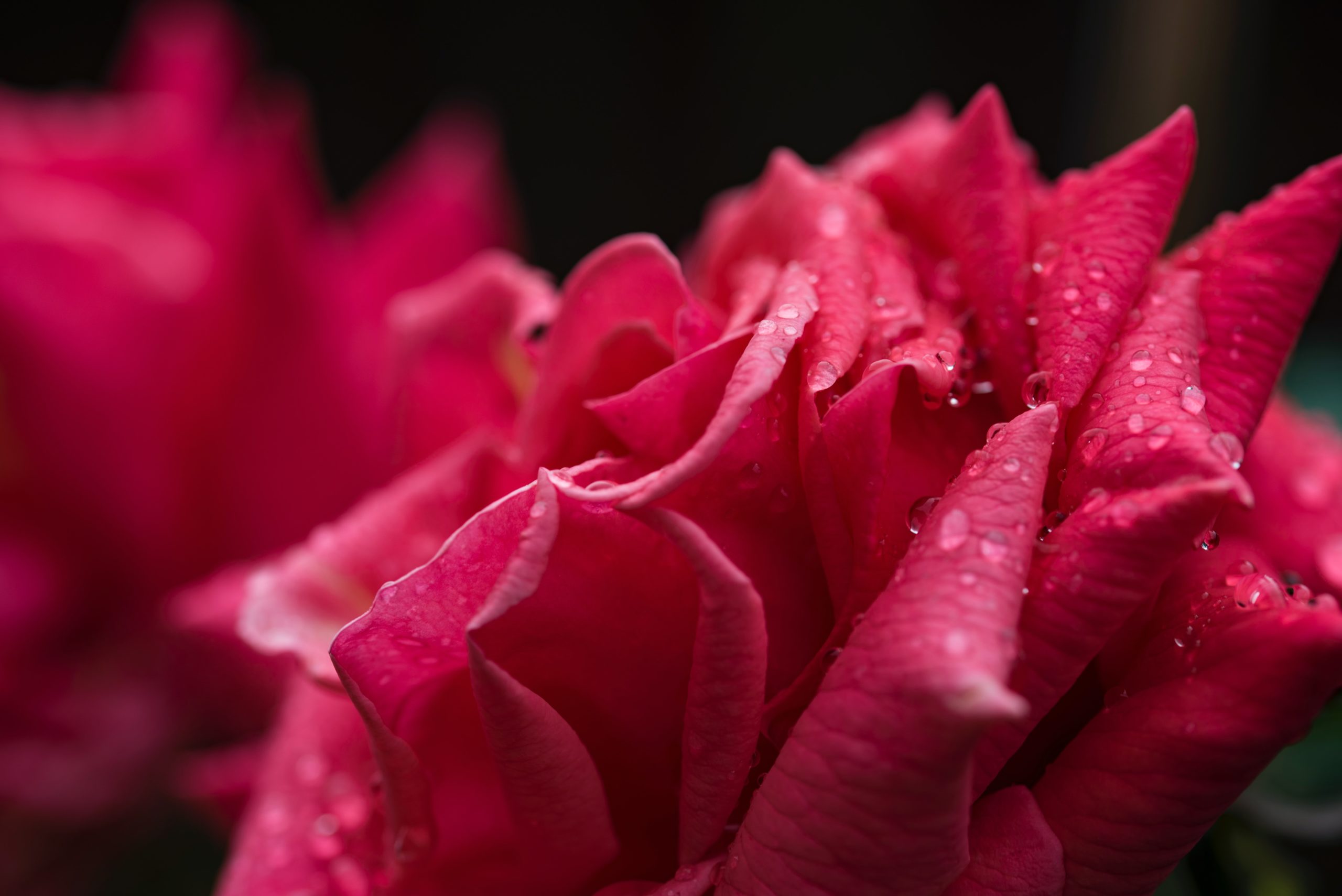Love ❤️

“There is no remedy for love, but to love more.” ~ Henry David Thoreau 1840.
The remedy for love..
I’m thinking that the remedy IS love.
All month long, I have been contemplating the subject of this post. This quote at times taking up all the space in my mind. I considered the different dimensions of love.. romantic..divine.. and maternal..and decided to close out the month with an exploration of the human traits that lead to love~ the source and sustainability of our heart’s desire.. And.. the most troubling.. the heartbreak.. Maybe the Valentines Day pressures host a whole new format of distress in love’s costume..
In the Buddhist tradition and in the Yoga Sutras of Patanjali, there are four luminous qualities, attitudes, or virtues that we can explore and cultivate to create more love in our lives. These are called the Brahmaviharas or the Four Immeasurables~ a beautiful explanation of the multi-faceted nature of love.
I used these as the foundation for my first yoga series.
“Let the beauty of what you love be what you do.” ~ Rumi
The first is METTA.
This translates from Sanskrit to loving kindness or unconditional well-wishing.
In practice, this virtue illuminates our love for ourselves, our dear ones, and those in our lives who may be in need of more love. Essentially it highlights the idea that we function like fountains. When we are full of true self-love because we have honored ourselves and others, the love within generates more and spills that abundant loving kindness on to all we come in contact with. The practice, then, of intentionally sharing that kindness with our loved ones and even those who might be hard to love becomes effortless effort. Remember that happy people do good things and notice how it is necessary to begin with a full heart. Metta turned inward is honor to the self reflected in the mantra; May I be safe, May I be happy, May I be healthy, May I be free. Metta turned outward honors others and can be easy when we think of those whom we already adore. The challenge begins when we contemplate those who have hurt us or otherwise served as teachers of difficult lessons in our lives. However, the practice is the same~ an offer of loving kindness from an abundant source within ourselves towards those we already love and those who need it most. May they be safe. May they be happy. May they be healthy. May they be free.
The second is KARUNA.
This translates from Sanskrit to compassion and empathy. Karuna creates space for healing through forgiveness, mercy, and letting go. The practice of karuna asks us to consider the places in ourselves, our relationships, and the world that need compassion and understanding in order to grow. Are we, or someone else in need of forgiveness in order to move forward? Is there anything we may need to let go of? How can we ease the suffering in ourselves, each other, and the world?
Think about the times when we have been hard on ourselves~ critical, and unforgiving for a mistake we’ve made or someone we may have hurt~ even our own perfectionism (the highest form of self-abuse). It is in the conscious practice of Karuna that we are able to release ourselves from the brutality of our own judgment. Make a commitment to compassion and empathy beginning with forgiveness and mercy turned inward towards the self. Allow the shackles to fall away and let go once and for all of the burden of guilt. This conscious decision allows the restoration of healthy identity and creates space for growth.
Then turning our thoughts towards a grudge we may be holding towards another~ the “villain” in our life. The one who hurt us or continues to hurt us. It is an illusion of power to hold them hostage. Being a victim offers nothing but more time on our knees. Releasing these illusions is the truest freedom and requires great courage. Guided by compassion for those who have wronged us by recognizing that -HURT people HURT people- we can allow ourselves permission to move beyond the historical pain and reliving of past traumas into a more beautiful present.
“Oh, but my treasure, it is so much less exhausting. You only have to forgive once. To resent, you have to do it all day, every day. You have to keep remembering all the bad things…” ~ M.L. Stedman, The Light Between Oceans.
The third is MUDITA and this is about joy:)
Specifically, this virtue refers to delighting in another’s joy~ even when it does not directly benefit us. Like a contagious happiness, Mudita is a pure joy~ selfless and loving. Cultivating Mudita involves meditating on those things that bring us the most joy. Imagine someone you love to see happy. Picture their smiles and laughter, their triumphs, their excitement and enthusiasm and feel your own heart fill with joy. How can we enhance the life of another by adding to their joy. Hold that thought.. The expression of joy is infinite love. In the Sutras, we learn that our truest nature is joy. It is our most authentic aspect of self.
Remember that happy people do good things.
When we are full of inner joy and happiness, we radiate that out into the world and just like love, the more you give away, the more you create.. (the fountain effect). The practice of Mudita also involves sending joy to others who need some extra happiness. Thoughtful acts of kindness, reaching out to those who are lonely, ensuring someone feels special or significant, and going an extra step to make someones day are all actions based on Mudita. They create joy and generate an inner happiness for the giver. When we are joyful, everything looks brighter and more beautiful.. definitely worth finding your inner bliss:)
“Joy is the most magnetic force in the universe.” ~ Danielle La Porte
And lastly is UPEKSHA~
In Sanskrit, Upeksha means equanimity.. tolerance.. and non-attachment. I think of it as the ability to maintain a sense of internal peace and equilibrium regardless of external chaos. Life offers us an endless number of opportunities to practice Upeksha. Just think of the infinite distractions, noises, mishaps, discomforts, and stresses that can occur in an ordinary day. If we remain attached to every desired outcome, everyone else’s opinion and all of the details, our misery can be boundless.
Nothing and no one can steal your peace without your permission.
Upeksha encourages equanimity by reminding us to reset our inner dialogue and center ourselves physically and mentally.Very often the story we are telling ourselves about the event taking place causes more suffering than the event itself. Quieting distractions, slowing our breath, becoming intentionally patient with ourselves and others is key to cultivating equanimity. Upeksha fosters love by creating space for positive emotion in spite of the upsets and stresses of the world. Moving away from a reactive stance and closer to neutral allows for more thoughtful responses and less overall stress. Upeksha helps our parasympathetic nervous system to engage our relaxation response and create a state of well-being. We now have the option to chose a more loving heartspace.
Upeksha is about balance. It balances the giving of your hearts love with the recognition and acceptance that things are the way they are. Upeksha teaches us to open our hearts and offer love, kindness, compassion, and joy while letting go of our expectations and attachment to the results.
“You are the sky. Everything else is just the weather.” ~Pema Chodron
“It matters not who you love, where you love, why you love, when you love, or how you love. It matters only that You love. ~John Lennon
#love #brahmaviharas
